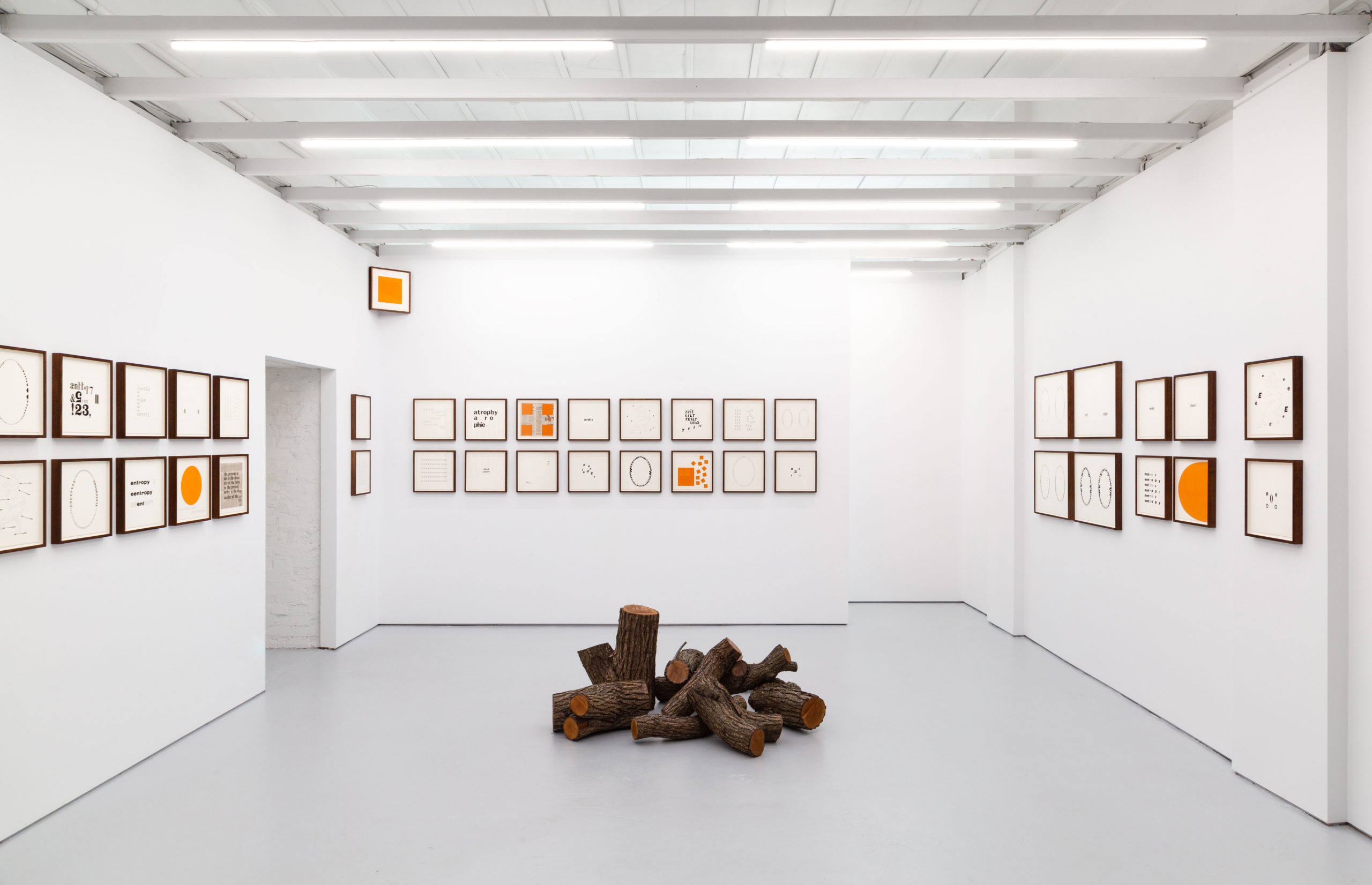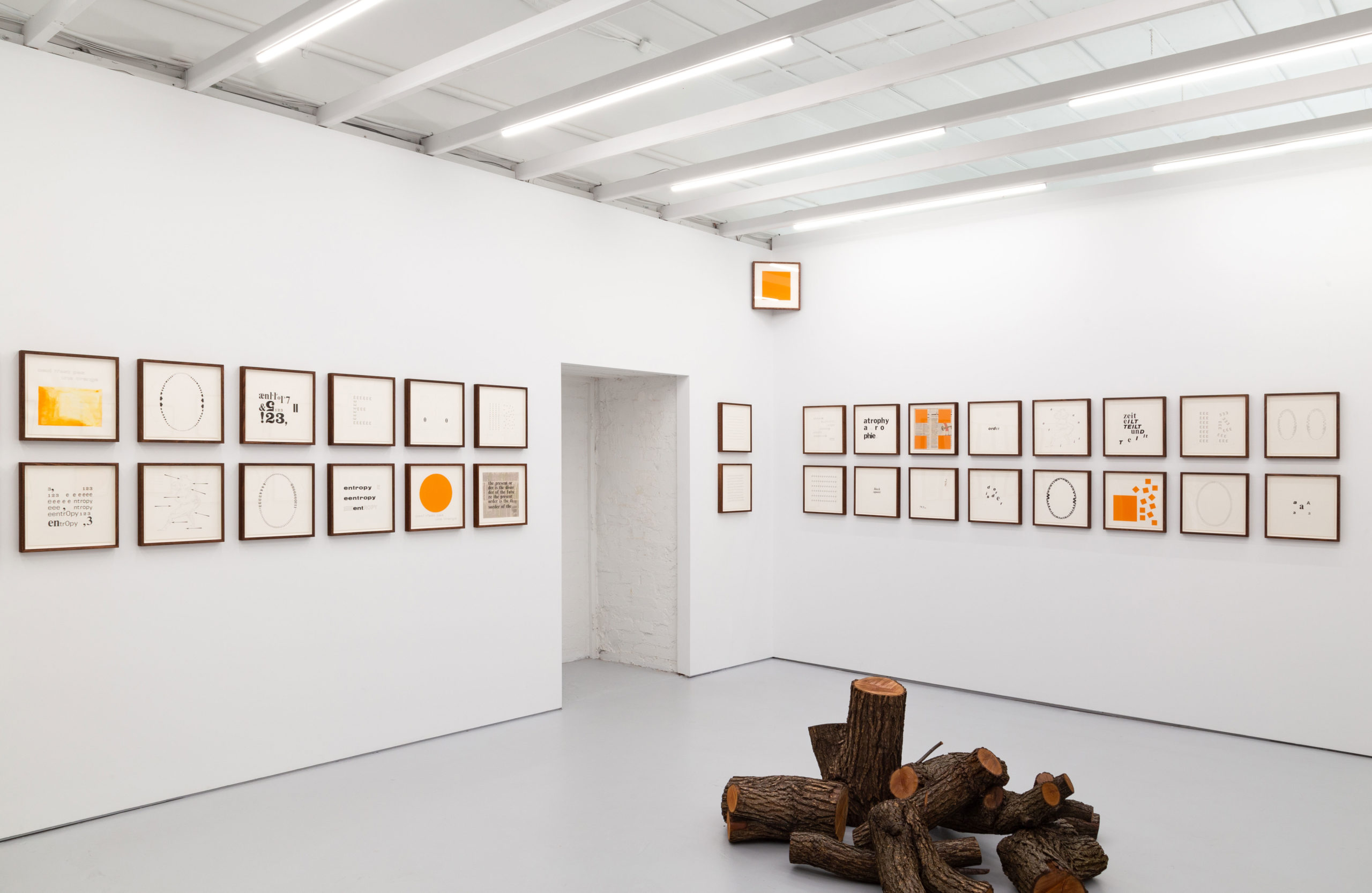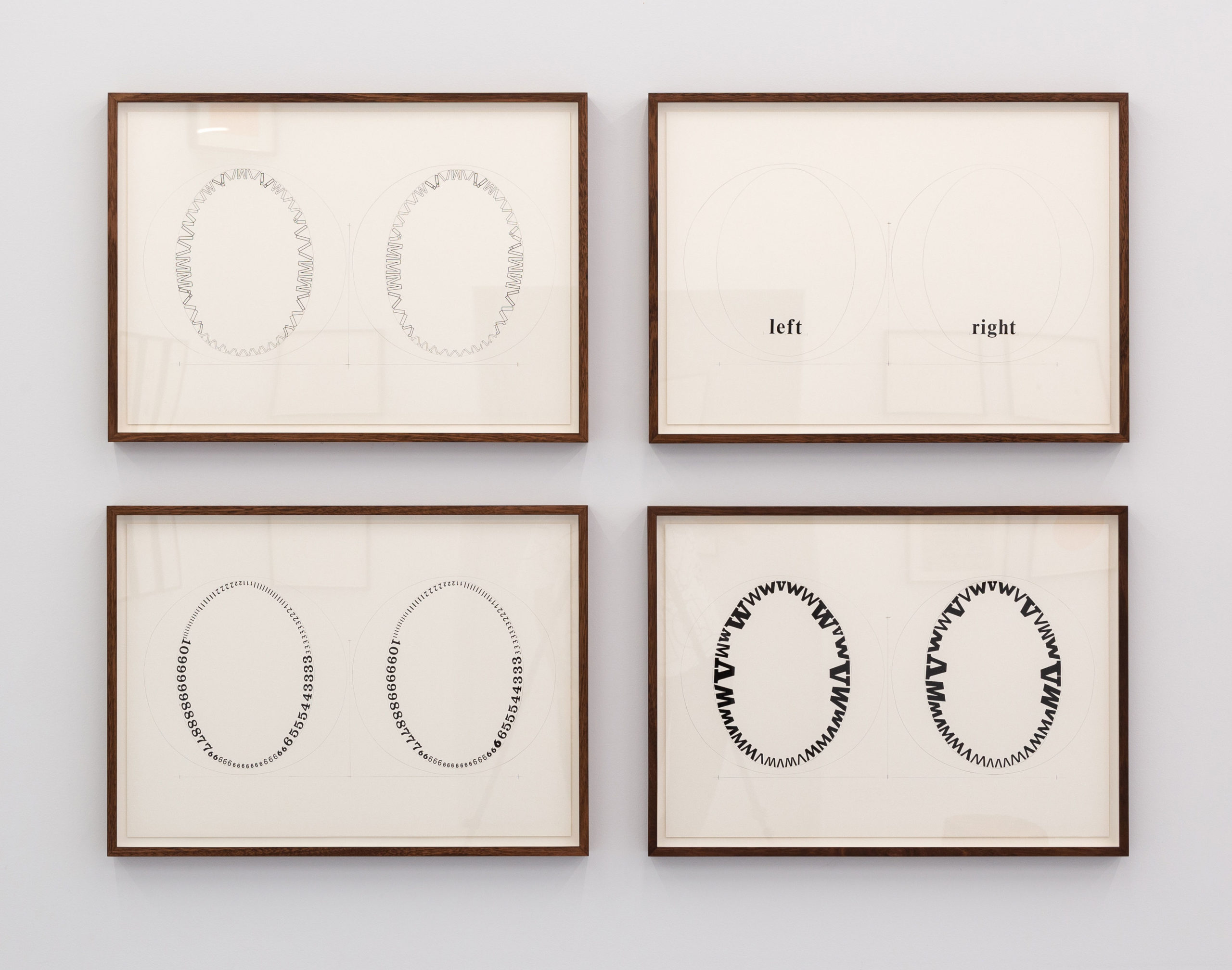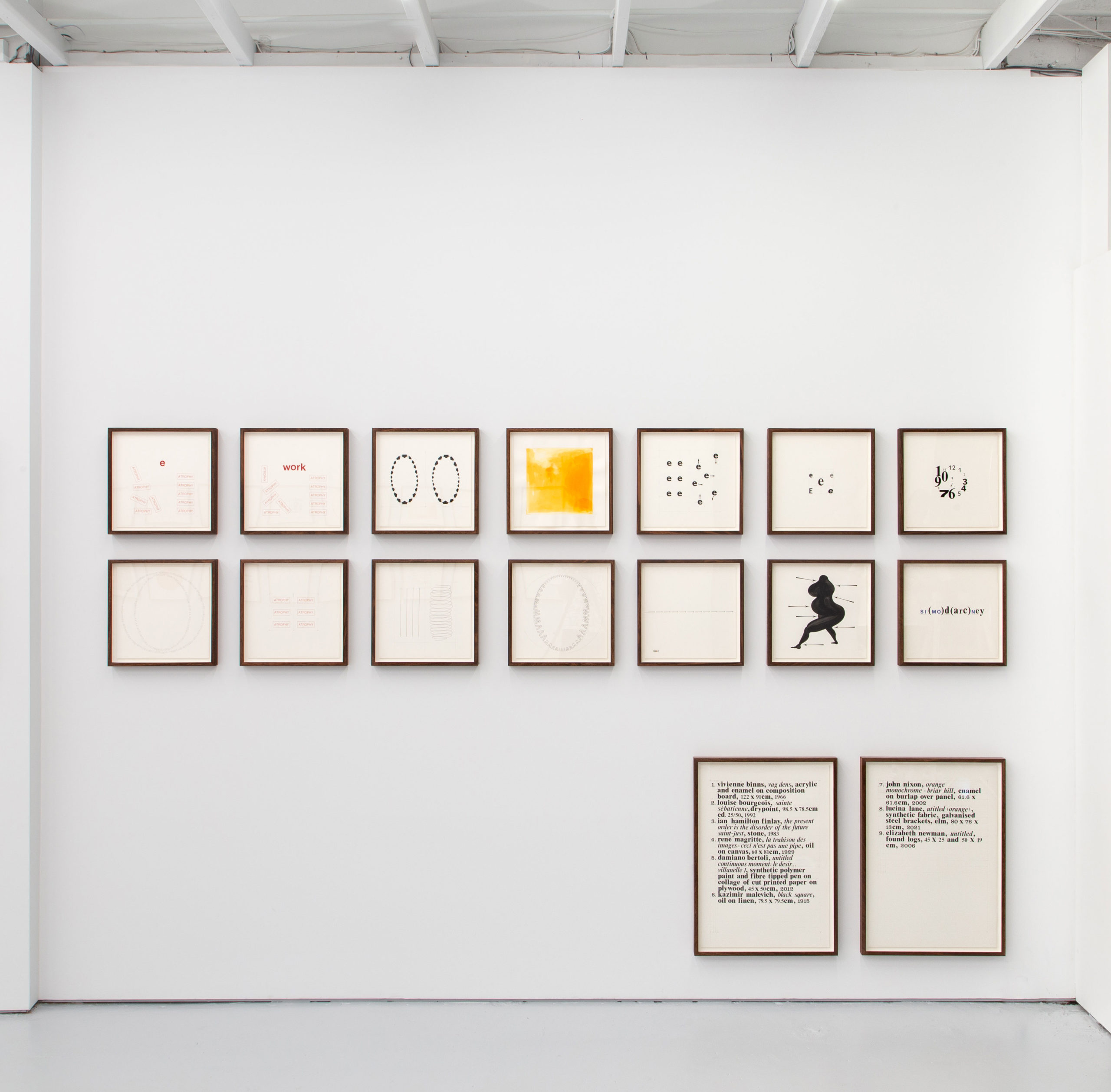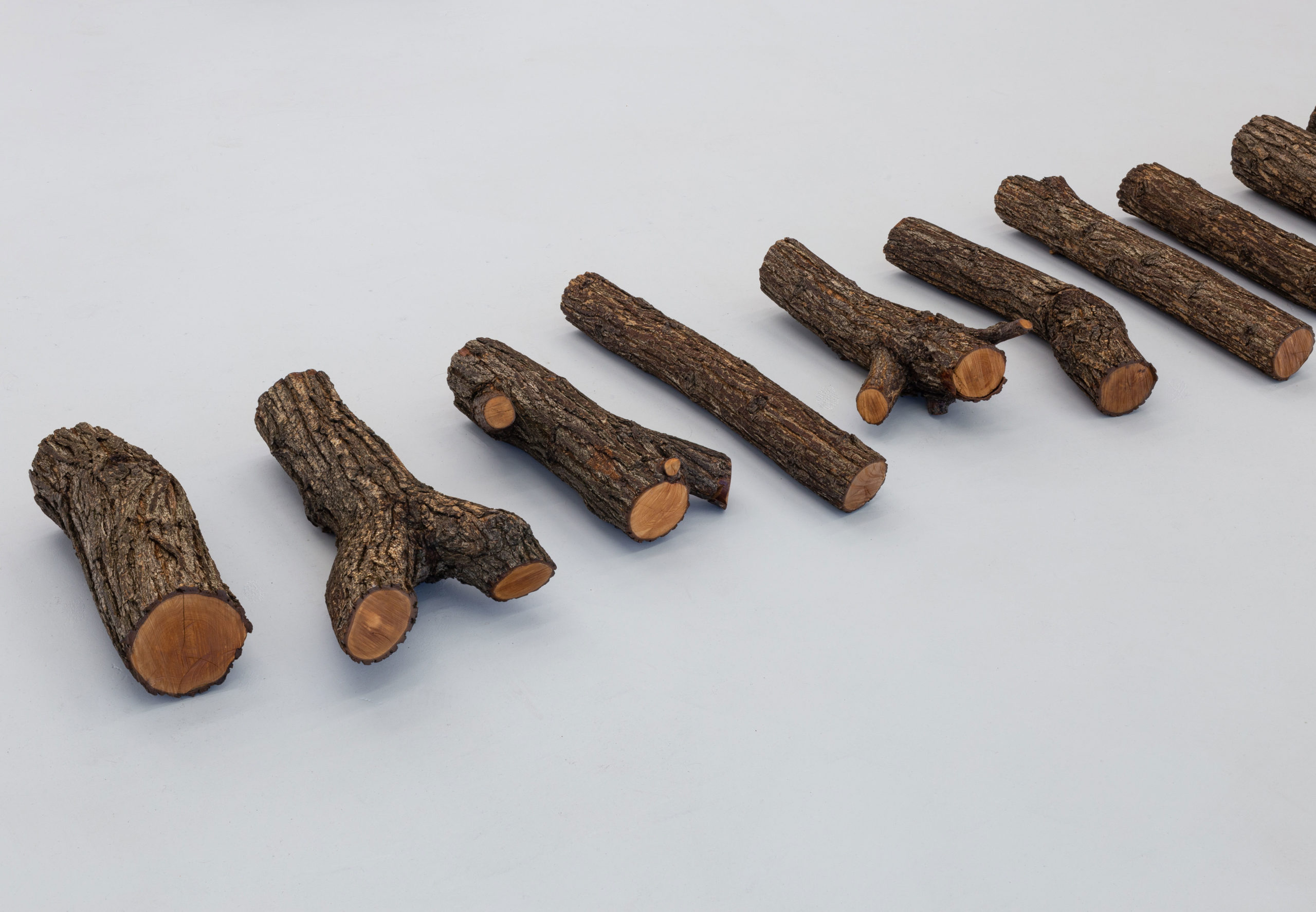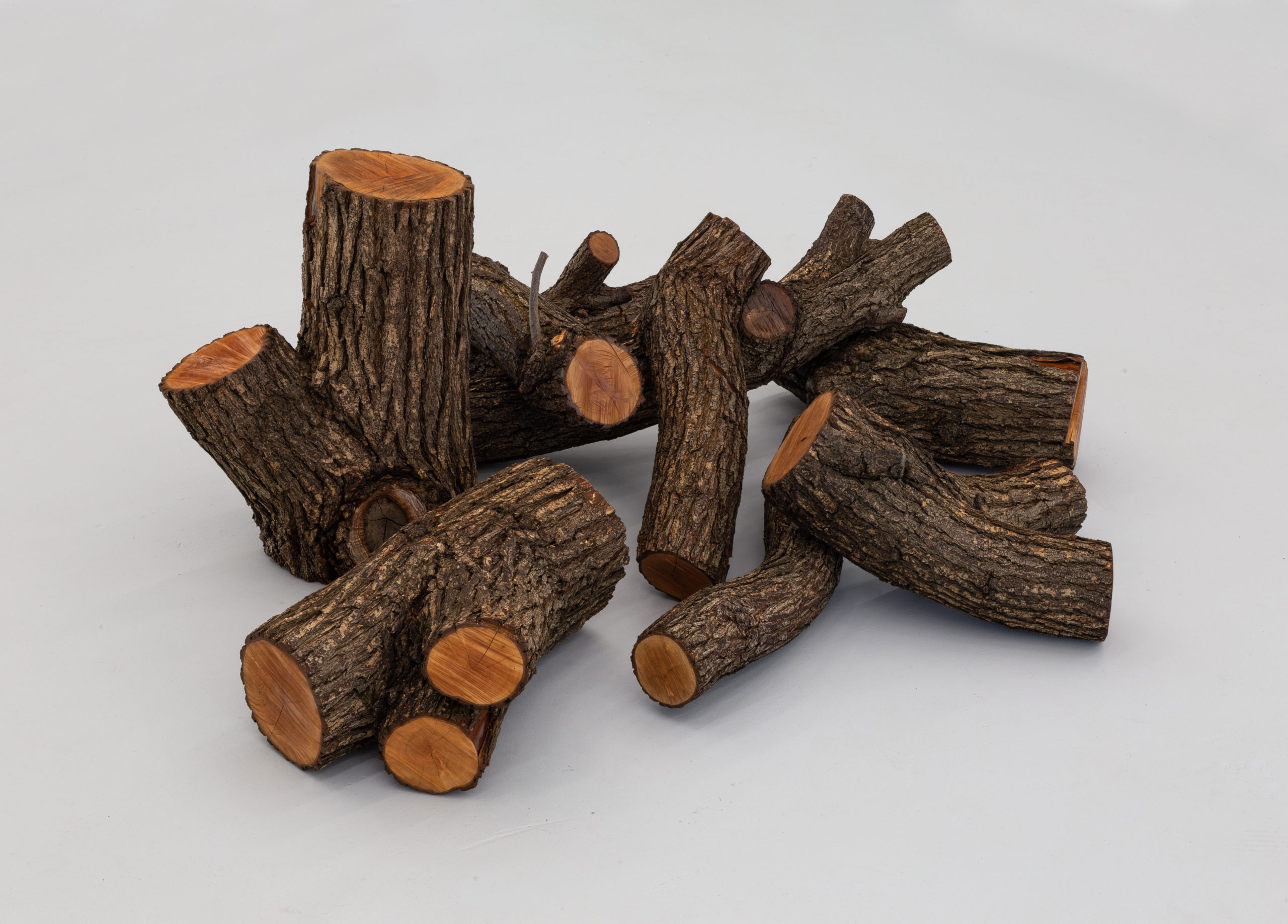I. Women in labour
Labour is an instance of exertion: the work as a noun, to toil as a verb. But it is also, of course, the name we give the act of childbirth. We ‘go into’ labour as though we are physically engulfed by it; swallowed up. From experience, this seems an apt descriptor. Labour as in workers, collectively, becomes a floating signifier—in that it is open to contestation by different, even opposing political projects—consider labour market flexibility c.f. precarious labour.1 Labour lost, labour in vain, and labour of love are different ways of ascribing value to one’s work. This is to say nothing (or nothing much) of women’s work.
Etymologically speaking, labour derives from the Latin for toil and trouble.2
Arnold’s labour—the work—means here largely works of concrete poetry on paper; a form that emphasises the visual and material aspects of language. Here and there, her poems are defiantly aphasic, breaking language down into its component phonemes, as though they are building blocks (of matter and sense both). The repetition of manual labour used in these works to reproduce text as dry-transfer—a superfluous gesture in today’s digital age—seems to nod to the toil and trouble of gendered labour.
A Measure of Disorder, Part 1 at Gertrude Glasshouse last year featured only large-scale paintings and sculptures: none of the type of intimate works on paper included here. Here, however, Arnold’s thematic concerns crystallise in form and content as an economy of language.
A sometimes noted connection between women and concrete poetry is that writing freed from the constraints of syntax, of grammar, of the phallogocentrism of a normative use of language contains the seeds of resistance. Using language in open-ended, lateral and poetic ways wrests it as a tool away from logic, reason and rhetoric: uses associated with and reinforcing patriarchal ideology. Such (mis)use of words can amount to an alternative way of being in the world through language. It is this excess of meaning that precisely locates Arnold’s work.
Such a use of language is a poetic force that Franco Berardi has argued ‘reopens the indefinite, through the ironic act of exceeding the established meaning of words … ’ It is an instrument for ‘semiotic insolvency, for the disentanglement of language from the limits of symbolic debt’.3
It is in producing this excess of meaning—this insolvency of language—that (text-based) art’s special ability to challenge the status quo lies.
II. Entropy and atrophy
The physical science of thermodynamics foregrounds the relationship between energy and work. Within this branch of knowledge, entropy is the name given to measure the disorder of an energetic system. The more disordered (entropic) a system, the less energy is available to do work.
The second law of thermodynamics describes this more precisely as the phenomenon by which in time, entropy can only increase in a closed system. In everyday experience, ice melting and boiling water for tea are common examples. Both state changes, from solid to liquid, liquid to gas (steam), see a resulting increase in entropy: in both, disorder increases and energy dissipates.
Metaphorically, it’s a useful concept for describing life’s chaos, life’s decline.
Life’s treachery.
Atrophy is rather like the entropy of the human system. It’s a wasting-away of the body as a whole or in part.
And so, the metaphor of entropy and its human correlate, atrophy, become perhaps a means through which to grasp the radical potential of language thus far described. The excess of conventional meaning spanning the gap between these two words conveys something inexplicable about the fragility of the human experience.
With such fragility in mind, how might we reconceive of care (like language) as a radical act?A quietly horizontal organisational model is on offer here, at a time in which paying heed to effective models of collective responsibility seems each day more urgent. Here is one that tenderly cultivates collaborative relations to make life more endurable, at the same time as confronting (tacitly) the political conditions that define what care means.
Arnold’s use of language is itself an enactment of care, which aspires to mutuality and collaboration on all fronts. By valuing language as more than just sense-making, indeed, as an alternative mode of being in the world: as a verb? As an ontology?
Arnold’s labour is thus radical. These are her fruits and her pains both.
Brooke Babington
Brooke Babington is a curator and artist based in Naarm/Melbourne. She is a current PhD candidate in Curatorial Practice at Monash University and was previously Associate Curator at Heide Museum of Modern Art (2018-22) and Director of Slopes Gallery (2014).
1 Ernesto Laclau, On Populist Reason (London ; New York: Verso, 2005), 131.
2 “labour, n.”. OED Online. September 2022. Oxford University Press.
https://www.oed.com/dictionary/labour_v?tab=etymology#39841349 (accessed October 20, 2023).
3 Franco Berardi, Breathing: Chaos and Poetry, Semiotext(e) Intervention Series 26 (South Pasadena, CA: Semiotext(e), 2018), 32.
A Measure of Disorder, Part 2 is an ongoing project of Arnold’s exploring entropy, the second law of thermodynamics. Primarily a drawing exhibition, the works weave in and out of theories of time, concrete poetry, and art history; a large sculpture centred in the space is a visual representation of order and disorder.
Alongside the exhibition, a library arrangement includes artist books by Alex Selenitsch, drawing collaborations between Arnold and her partner Simon McGlinn, and also artist Jon Campbell. This is Arnold’s second solo exhibition with ReadingRoom and the second part of her ongoing project A Measure of Disorder, exhibited at Gertrude Glasshouse, Melbourne (2022).
Working within painting, drawing and sculpture Arnold’s practice is informed by experience and research. Beginning with the personal as a departure point, her work drifts between language, art history and pedagogical theses. Born in 1986 she is a graduate from The University of Melbourne and Monash University. She has an extensive exhibition history in solo and group exhibitions and has an interest in curation and collaboration.
Darcey Bella Arnold completed a BFA, Drawing at the Victorian College of the Arts (2007), and a BFA, Honours at Monash University (2009).
Select solo exhibitions: A Measure of Disorder, Gertrude Glasshouse, Melbourne (2022); me say edit be, ReadingRoom, Melbourne (2020); My Mother’s Labour, Sutton Gallery Project Space, Melbourne (2018); Folded brick, Neon Parc Project Space, 215 Albion St, Darcey Bella Arnold and Deimantas Narkevičius (LTU) curated by Paulius Andriuškevičius and Nicholas Kleindienst (2018); Talking with the Taxman About Poetry, Testing Grounds, Melbourne Arts Precinct (2017).
Select group exhibitions: Maternal Inheritances, La Trobe Art Institute, Bendigo, Victoria (2023); The Churchie Award, Institute of Modern Art, Brisbane (2022); Geelong Contemporary Art Prize, Geelong Gallery, Victoria (2022); If Not At Arm’s Length, Gertrude Contemporary, Melbourne (2022); Sikås Biennale, Sikås Art Centre, Jämtland, Sweden (2020).
Contact the gallery to register interest, and receive a preview catalogue
